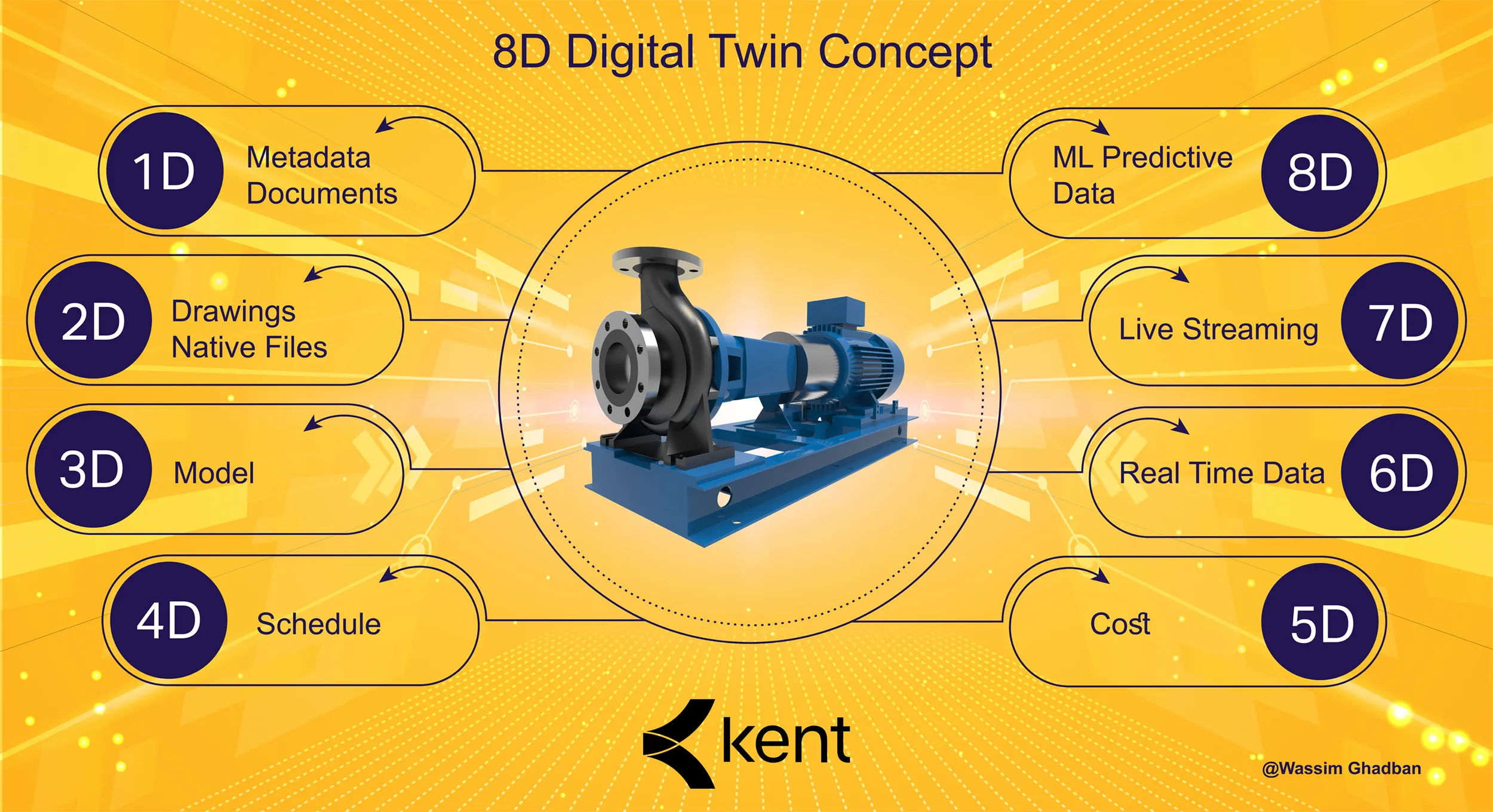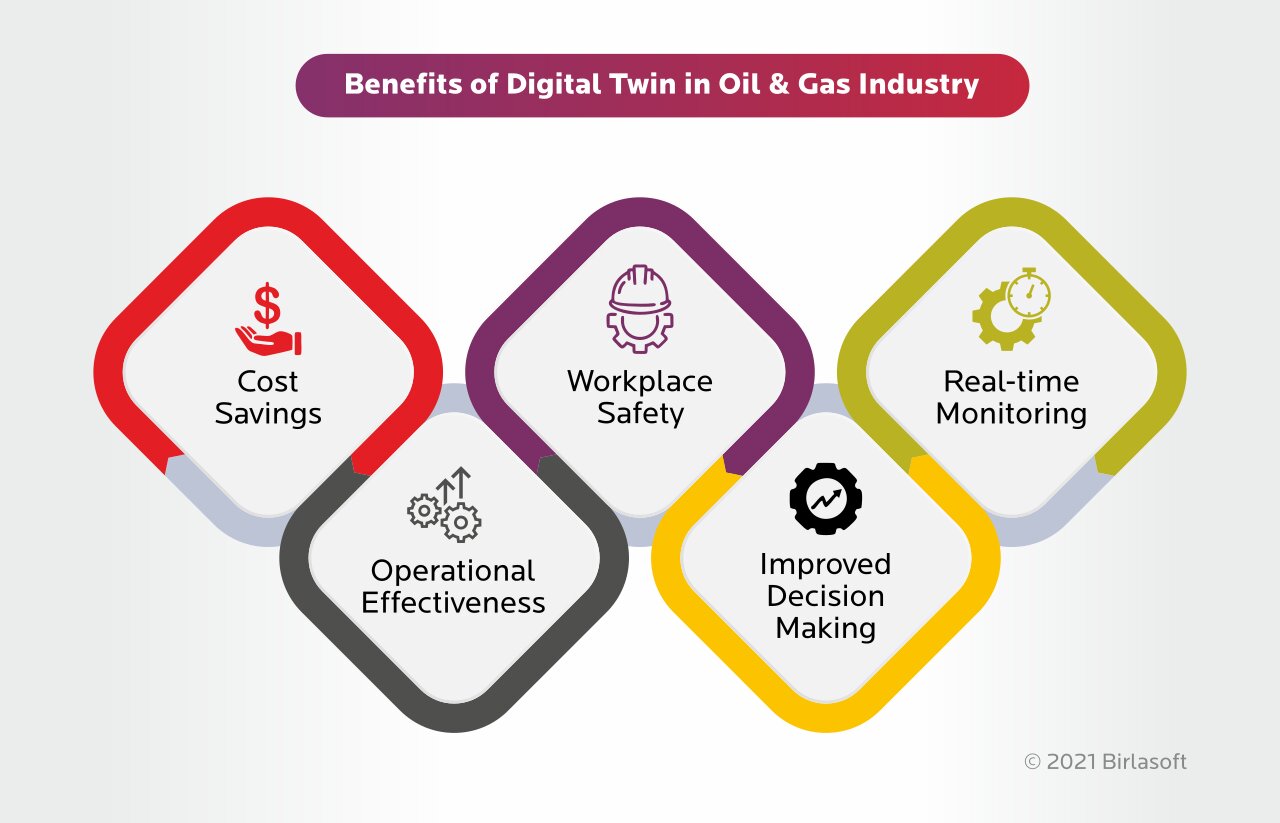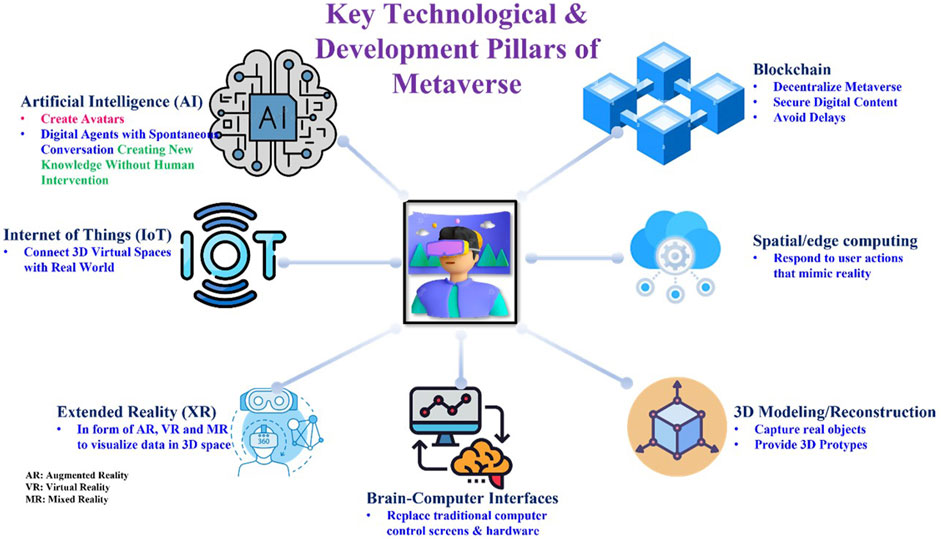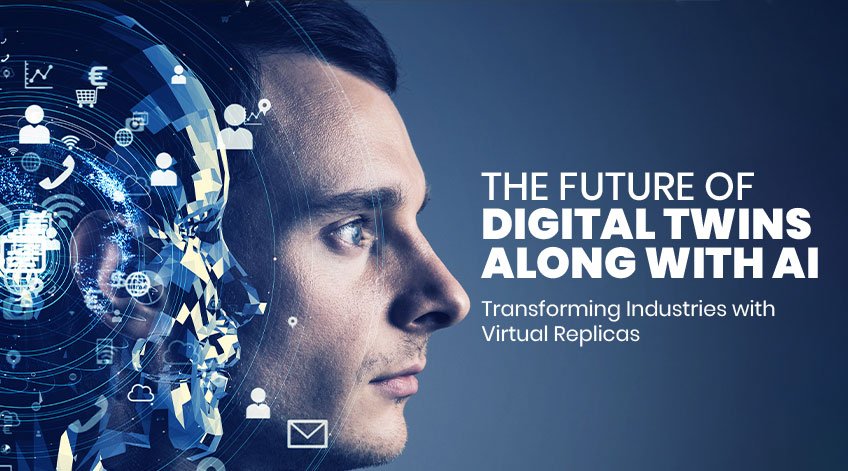
Overview of Digital Twins
Definition of Digital Twins
Digital twins represent a digital replica of physical objects, processes, or systems. This sophisticated technology allows for real-time data exchange and modeling, providing insights and simulations that empower industries to enhance efficiency and innovation. In simple terms, think of a digital twin as a virtual version of a tangible asset that can mimic real-world behavior.
Consider an example from the manufacturing sector: a factory machine can be outfitted with sensors that relay data about its functionality. This information is then fed into its digital twin, creating a live representation that can be monitored, analyzed, and improved without the need to interrupt normal operations.
The concept of a digital twin bridges the gap between the physical and digital realms, offering unprecedented opportunities for monitoring and optimizing performance over time.
Evolution of Digital Twins Technology
The concept of digital twins has gradually evolved from theoretical beginnings to a prominent pillar of modern technology strategy. The journey commenced in the early 2000s when NASA introduced the term as part of its space exploration initiatives, focusing on advanced modeling and simulation techniques to monitor spacecraft in real time.
Since then, the technology has diversified significantly, influenced by advances in:
- IoT (Internet of Things): The proliferation of connected devices has facilitated the data gathering essential for creating effective digital twins.
- Cloud Computing: Enhanced storage and computational power have enabled organizations to process vast amounts of data without hefty infrastructure investments.
- Machine Learning: Algorithms now allow for predictive analytics, further enhancing the capabilities of digital twins to simulate future scenarios.
Today, industries ranging from healthcare to smart cities are leveraging digital twin technology to transform their operations for the future. As a result, organizations are not only improving their operational efficiency but also redefining their approach to innovation.
One might wonder how rapidly this technology will continue to develop. As businesses like those featured in TECHFACK adapt to evolving technological landscapes, digital twins could very well become standard practice in realizing operational excellence and strategic foresight.

Applications of Digital Twins
Manufacturing Industry
The manufacturing industry has been one of the most significant beneficiaries of digital twin technology. By creating digital replicas of machines and production lines, manufacturers can monitor operational efficiency in real time.
For instance, a leading automotive manufacturer utilized digital twins to simulate its assembly line processes and uncover bottlenecks. As a result, they achieved a 20% increase in production efficiency. Key benefits for manufacturing include:
- Real-Time Monitoring: Manufacturers can track performance metrics continuously.
- Optimization of Resources: By analyzing data from digital twins, businesses can optimize material usage and reduce waste.
- Cost Reduction: Predictive analytics reduce unforeseen downtime, leading to major savings.
Healthcare Sector
In the healthcare sector, digital twins have emerged as a game-changer, particularly in personalizing patient care. Hospitals and healthcare providers utilize digital twins of patients to model diagnoses and treatment plans.
For instance, a health institution created digital twins of patients with chronic illnesses, allowing doctors to simulate how different medications might impact their health. This personalized approach led to:
- Improved Treatment Outcomes: Tailored therapies enhance the chances of recovery.
- Reduced Hospitalization Times: By preemptively addressing complications, patient readmissions decrease.
- Enhanced Training: Medical professionals can practice surgical procedures on virtual representations of patients, refining their skills without risk.
Smart Cities Implementation
Smart cities are at the forefront of integrating digital twin technology to improve urban infrastructure. By creating virtual models of city layouts, traffic systems, and utilities, urban planners can make informed decisions to boost city living.
Consider a city that implemented a digital twin to monitor traffic patterns. By analyzing the data, planners identified key congestion points, enabling them to develop targeted solutions, such as adjusting traffic signal timings or restructuring roadways. The main advantages of digital twins in smart cities include:
- Sustainable Urban Planning: Data-driven decisions help optimize resource allocation.
- Enhanced Public Safety: Predictive analytics help ensure emergency services are deployed efficiently.
- Community Engagement: Citizens can participate in urban design simulations, fostering a sense of ownership in community projects.
As organizations across various sectors, highlighted in our blog TECHFACK, leverage the full potential of digital twins, the transformative possibilities for the future continue to expand.

Benefits of Digital Twins
Improved Operational Efficiency
One of the standout benefits of utilizing digital twin technology is its ability to significantly enhance operational efficiency. Organizations can create detailed, real-time representations of their processes, allowing them to identify inefficiencies quickly and accurately.
For example, a major manufacturing plant implemented a digital twin of their production line and discovered that a specific machine’s downtime resulted in a 15% loss in output. By fine-tuning the machine’s operations based on the insights gained from the digital twin, they were able to increase their overall productivity.
Key benefits include:
- Continuous Performance Monitoring: Digital twins provide ongoing insights that help identify areas for improvement.
- Resource Optimization: Businesses can analyze data to streamline operations, reducing waste while maximizing output.
- Time Savings: By identifying inefficiencies quickly, organizations can implement changes that lead to faster production cycles.
Predictive Maintenance Capabilities
Predictive maintenance is another crucial advantage offered by digital twins. By leveraging real-time data gathered from equipment, organizations can predict when machines are likely to fail and schedule maintenance accordingly, drastically reducing unexpected downtime.
A classic example comes from the aviation industry. Airlines have started using digital twins of their aircraft to monitor performance and component wear. This allows for timely maintenance interventions, often before issues arise. This proactive approach leads to:
- Reduced Downtime: Maintenance can be scheduled for off-peak times, ensuring flight schedules remain intact.
- Cost Mitigation: By preventing unexpected failures, companies save on costly repairs and lost revenue.
- Extended Asset Lifespan: Regular maintenance based on accurate predictions can extend the life of valuable equipment.
Enhanced Decision-Making Processes
The integration of digital twins into business processes greatly enhances decision-making capabilities. With holistic, real-time insights, leaders can make informed, data-driven decisions that lead to better outcomes.
For instance, a city council used a digital twin of their urban environment to simulate the impact of new traffic regulations. This simulation allowed them to pinpoint potential issues before enacting changes, leading to smoother implementations.
The benefits of enhanced decision-making include:
- Informed Strategy Development: Leaders base decisions on real-time simulations rather than guesses.
- Risk Assessment: Businesses can model different scenarios to understand potential risks before taking action.
- Collaboration Across Departments: Digital twins enable cross-functional teams to work with shared data, improving communication and alignment.
As industries continue to explore these advantages highlighted in our TECHFACK blog, the transformative impact of digital twins on operational strategies becomes increasingly clear, shaping a more efficient future.

Challenges and Limitations
Data Privacy and Security Concerns
While the advantages of digital twins are compelling, they don’t come without significant challenges, particularly in the realm of data privacy and security. As organizations collect and analyze vast amounts of sensitive data, they must navigate the complexities of safeguarding this information.
For example, consider a healthcare provider that utilizes digital twins to model patient treatments. Although the benefits are immense, the potential for data breaches poses substantial risks, including exposure of personal health information. This underlines the necessity of:
- Robust Security Protocols: Organizations must implement strict security measures to protect sensitive data.
- Compliance with Regulations: Adhering to stringent regulations such as GDPR or HIPAA is crucial to ensure data privacy.
- Regular Security Audits: Continuous assessments can help identify vulnerabilities and strengthen defenses.
Integration with Existing Systems
Another hurdle organizations face is the integration of digital twin technology with their existing systems. Many businesses have legacy systems that may not seamlessly connect with new digital twin applications, resulting in potential silos of information.
A manufacturing company, for instance, may still be using older machinery and software that cannot easily communicate with modern digital twin platforms. This creates challenges such as:
- Increased Complexity: Organizations need to invest time and resources to achieve compatibility between old and new systems.
- Data Fragmentation: Without effective integration, organizations risk a lack of unified data, leading to incomplete insights.
- Change Management: Employees may require training on the new systems, which can involve additional costs and time.
Cost of Implementation
Lastly, the cost of implementing digital twins can be a significant barrier, particularly for small and medium-sized enterprises (SMEs). While the long-term ROI can be substantial, many organizations may struggle to justify the initial investment.
Costs to consider include:
- Technology and Infrastructure: Upgrading systems or investing in new technology can be financially burdensome.
- Talent Acquisition: Hiring skilled professionals to manage these sophisticated systems often requires competitive salaries.
- Ongoing Maintenance: Organizations must also budget for continuous updates and system maintenance, which can add to overall expenses.
As highlighted in our discussions at TECHFACK, overcoming these challenges is vital for the successful adoption of digital twin technology. Organizations need to address these concerns proactively to fully harness the transformative potential of their digital counterparts, ensuring sustainable growth in the future.

Future Trends in Digital Twins
Artificial Intelligence Integration
As organizations continue to harness the power of digital twins, one of the most exciting future trends centers around the integration of Artificial Intelligence (AI). This fusion opens up a realm of possibilities, transforming static models into dynamic entities capable of learning and evolving.
Imagine a manufacturing plant equipped with AI-driven digital twins. These replicas can not only analyze performance data but also identify patterns and make proactive suggestions for optimizing operations. Consider how an AI-enabled digital twin could predict potential machine failures by recognizing subtle changes in performance that a human might overlook. Benefits of AI integration include:
- Enhanced Predictive Analytics: AI algorithms can improve the accuracy of predictions about equipment performance and maintenance needs.
- Automated Decision-Making: AI can streamline processes by automatically adapting operations based on real-time data.
- Learning from Data: With machine learning capabilities, digital twins continuously refine their simulations based on accumulated data, ensuring constant improvement.
Adoption in New Sectors
The future also holds vast potential for the adoption of digital twins in new sectors. While manufacturing and healthcare have been early adopters, areas like agriculture, finance, and retail are now starting to explore the benefits of this technology.
For instance, in agriculture, farmers could utilize digital twins of their fields to optimize irrigation and crop management. By simulating various environmental conditions, farmers can make informed decisions that would enhance yield and reduce waste. Similarly, retailers might use digital twins to model customer behaviors in stores, enabling them to design layouts that maximize sales.
The key advantages of diversifying into these sectors include:
- Innovation in Problem-Solving: Digital twins can help tackle sector-specific challenges with tailored solutions.
- Improved Efficiency Across Industries: By applying concepts from existing sectors, organizations can accelerate productivity and performance.
- Broader Functionality: The integration of digital twins in various fields enhances their versatility and applicability.
Advancements in Simulation Technology
In tandem with AI and sector expansion, advancements in simulation technology will likely propel digital twins to new heights. Innovations in computing power, such as quantum computing, may provide unprecedented capabilities in real-time simulations and data processing.
Imagine the power of a digital twin that can simulate thousands of scenarios in seconds, offering organizations the tools they need to forecast outcomes accurately. Future enhancements may include:
- High-Fidelity Simulations: More realistic models will allow for better representation of complex systems and interactions.
- User-Friendly Interfaces: The development of intuitive dashboards can make it easier for non-technical users to interact with digital twins and derive insights.
- Collaborative Platforms: As more organizations embrace digital twins, we may see the emergence of collaborative platforms that allow companies to share insights and data, further advancing the technology.
As discussed in our blog at TECHFACK, these trends signify a promising future for digital twin technology, allowing businesses to tailor their strategies, boost efficiency, and drive innovation across various industries.

